Mesopotamia is a historical region in West Asia situated between the rivers Tigris and Euphrates. It corresponds to present day Iraq, mostly, but also parts of Iran, Syria and Turkey. Mesopotamian civilization was one of the earliest in world history. Babylon was a key kingdom in ancient Mesopotamia from the 18th to 6th century BC. It was initially a small provincial town but it greatly expanded during the reign of King Hammurabi to become a major capital city. It was also during the reign of Hammurabi that southern Mesopotamia became known as Babylonia. The history of Babylonia is usually divided into four periods: the First Dynasty of Babylon; the Kassite Dynasty; the Middle Babylonian Period; and the Neo-Babylonian Empire. The Babylonians were religious people who worshiped numerous Gods and built many great temples. They contributed significantly to human civilization in several ways including laying the foundation of western mathematics and astronomy. Know more about the history, rulers, language, religion and culture of Babylonia through these 10 interesting facts.
#1 THE AMORITES ESTABLISHED THE FIRST DYNASTY OF BABYLON
Mesopotamia had a long history prior to the emergence of Babylonian civilization. Between 2900 BC and 2000 BC, two civilizations flourished in the region that would later be known as Babylonia: Sumer in the south and Akkad in the north. In 24th century BC, Sargon I of Akkad unified the region into a single empire known as the Akkadian Empire. Then a Sumerian dynasty based in the city-state of Ur, also known as the Neo-Sumerian Empire, governed the region for about a century. Around 2000 BC, nomadic people known as the Amorites began to migrate into southern Mesopotamia. They adopted much of the Sumerian and Akkadian cultural heritage.
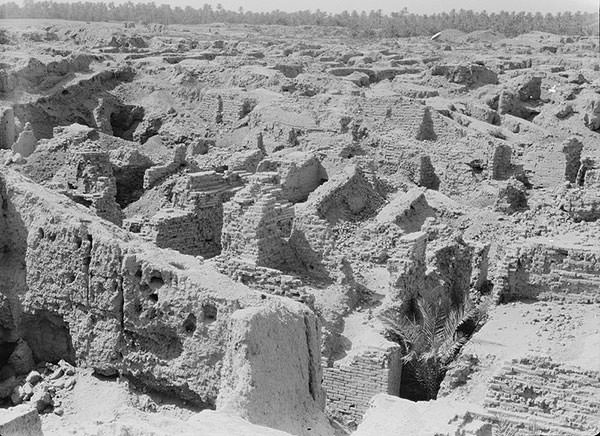
The Amorites began expanding their influence taking over many city-states and played a role in the downfall of the Neo-Sumerian Empire. An Amorite chieftain named Sumu-abum freed a small area of land previously ruled by the fellow Amorite city state of Kazallu which included Babylon, then a minor administrative center. Sumu-abum is regarded as the first king of the First Dynasty of Babylon. He reigned from 1830 BC to 1817 BC.
#2 THE FIRST DYNASTY OF BABYLON REACHED ITS GREATEST HEIGHTS UNDER HAMMURABI
Not much is known about the reign of the first five Amorite rulers. They did defeat some nearby towns and, the fifth king, Sin-muballit worked to strengthen Babylon against its neighbors. The sixth ruler of the First Dynasty of Babylon, Hammurabi, conducted major building work in Babylon, expanding it from a small town into a great city. Hammurabi began a series of conquest to expand his empire. He first raided a number of towns and cities; and then defeated the major powers to the north, east, and south of Babylon. By the end of his reign, he had brought all of southern Mesopotamia and part of Assyria under Babylonian rule. Hammurabi was a very efficient ruler. He established a bureaucracy with taxation and centralized government.
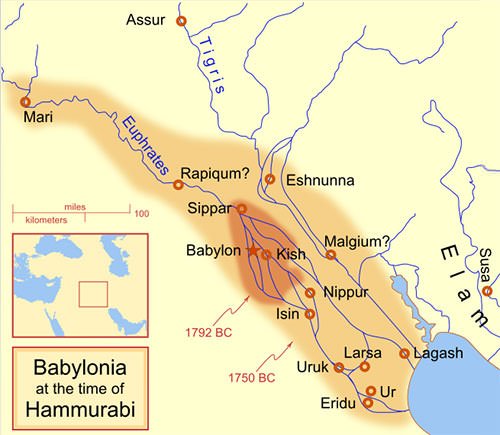
The First Dynasty of Babylon or the Old Babylonian Empire reached its greatest height, in terms of territory and power, under Hammurabi. However, he is most famous for his legal code known as the Code of Hammurabi, which was one of the earliest and most complete legal codes in history. It was during the reign of Hammurabi that southern Mesopotamia became known as Babylonia and Babylon eclipsed Nippur as its holy city.
#3 HITTITE INVASION IN 1595 BC ENDED THE OLD BABYLONIAN EMPIRE
After the death of Hammurabi, the First Dynasty of Babylon began to disintegrate rapidly. First Babylon lost control of the southern city-states and then its closer cities. Ultimately Babylonia shrunk to the small and relatively weak nation it was at the time of its foundation but the city of Babylon remained large and influential. Samsu-Ditana was the last Amorite ruler of Babylon. Early in his reign, he was pressured by the Kassites, nomadic people from the mountains east of Babylonia.
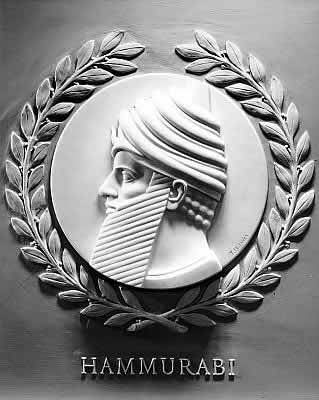
In 1595 BC, Babylonia was attacked by an army of the Hittites, people based in Anatolia. The city was sacked with the Hittites carrying off its treasures. The destruction of the city enabled their allies, the Kassites, to take control of the region. This was the end of the Old Babylonian Empire. It lasted from around 1894 BC to 1595 BC. Reasons for its downfall include no natural, defensible boundaries of southern Mesopotamia making it prone to invasions; internal decay; lack of powerful leaders; and pressure of foreign invaders.
#4 THE KASSITE DYNASTY WAS THE LONGEST-RULING DYNASTY IN BABYLONIAN HISTORY
The Kassites, like the Amorites, were not originally native to Mesopotamia. Instead they first appeared in the Zagros Mountains of what is today northwestern Iran. They established a dynasty that ruled in Babylon from around 1595 BC to 1158 BC. With a reign of almost 450 years, the Kassite Dynasty was the longest-ruling dynasty in the history of ancient Mesopotamia. They adopted the customs of the Babylonian culture and it appears that they were accepted by the native Babylonian population.
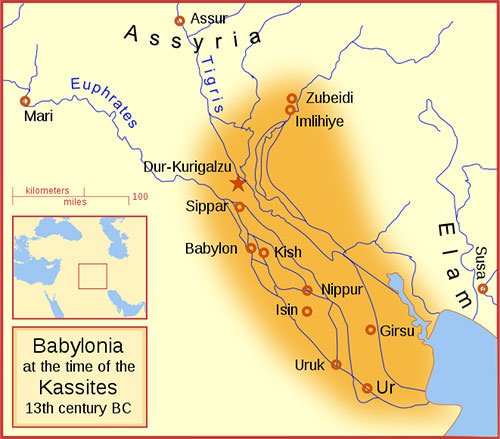
Among the cultural elements they introduced to the state were large-scale horse breeding and improved technology for chariots and harnesses. Also, during the last year of their reign, religion and literature flourished in Babylonia. Babylon was renamed Kardunias during their reign. It continued to be the capital of the kingdom and one of the holy cities. However, the Babylonian kingdom was relatively weak and under constant threat from the Mesopotamian kingdoms of Assyria and Elam. It was also, at times, under their domination. Most of Babylonia was ultimately conquered by the Elam civilization in 1158 BC bringing an end to the Kassite Dynasty.
#5 FOLLOWING THE KASSITE DYNASTY, BABYLONIA ENTERED A PERIOD OF TURMOIL
The Elamites remained in control of Babylonia for a short duration and were soon displaced by King Nebuchadnezzar I from the city state of Isin. His dynasty ruled Babylonia from around 1126 BC to 1105 BC. For several centuries following Nebuchadrezzar I’s rule, there was a three way struggle for control of Babylonia between the Assyrians, the Arameans and the Chaldeans. Native Babylonian king Nabonassar deposed a Chaldean usurper in 747 BC bringing an end to 23 years of Chaldean rule.
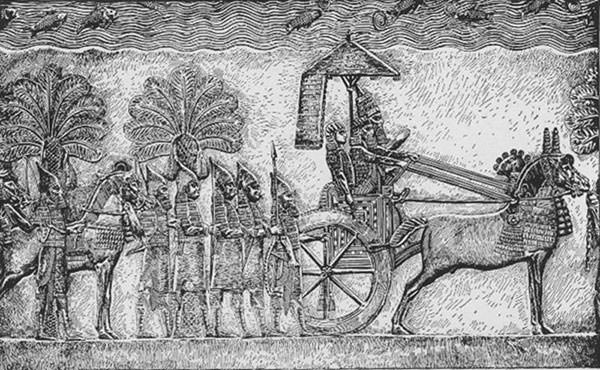
The Assyrian ruler Tiglath-Pileser III declared war on Babylonia and emerged victorious in 729 BC. However the region proved hard to govern for the Assyrians and their king Sennacherib sacked and destroyed Babylon for its rebelliousness. His youngest son Esarhaddon personally ruled Babylon, rebuilt the city and brought peace to the region. Internal civil wars in Assyria caused its downfall. Babylonia took advantage of this and rebelled under Nabopolassar, a previously unknown chieftain of the Chaldeans who had settled in south-eastern Mesopotamia.
#6 THE NEO-BABYLONIAN EMPIRE WAS THE LAST AND GREATEST PERIOD OF BABYLONIAN HISTORY
Nabopolassar became king of Babylon in 626 BC. He seized control over much of Babylonia from the Assyrians with the support of its inhabitants. He then formed an alliance with the Iranian people to attack and sack the Assyrian capital of Nineveh. Nabopolassar and his successors went on to govern an empire known as the Neo-Babylonian Empire. It included much of Assyria’s former territory and lasted from 626 BC to 539 BC. The Neo-Babylonian Empire was a period of political expansion and cultural flowering in Babylonia and it is considered the greatest period of Babylonian supremacy. Among other things, there was improvement in economic life and agricultural production; and great flourishing of architecture, arts and science.
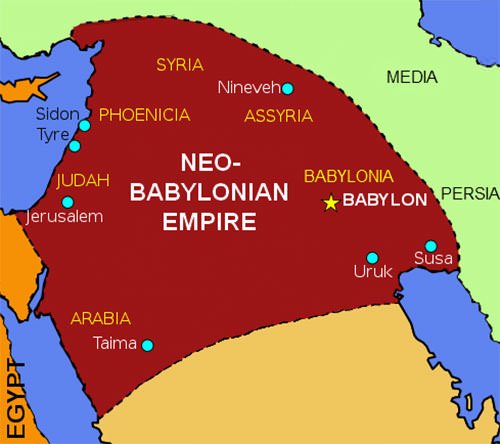
The last king of Babylonia was Nabonidus. In 539 BC, Cyrus the Great of Persia conquered the Neo-Babylonian Empire. This was the end of the last independent state of the ancient Mesopotamian civilization. Babylonia remained a part of the Persian Empire till Alexander the Great gained control of it in 331 BC.
#7 BABYLONIA WAS AN AKKADIAN SPEAKING STATE
Semitic languages are a branch of the Afroasiatic languages which originated in the Middle East. The Akkadian language, which predates the founding of the Akkadian Empire by many centuries, is the earliest attested Semitic language. The Sumerian language is regarded as a language isolate in linguistics as it belongs to no known language family. In 3rd millennium BC, there was a close cultural symbiosis between Sumerians and Akkadians in Mesopotamia which included widespread bilingualism. The languages thus deeply influenced each other. Initially a part of the Akkadian Empire, Babylonia retained the written Akkadian language for official use while the Sumerian language was used for religious purposes. However by the time Babylonia was founded, Sumerian had been totally replaced by Akkadian as the spoken language.
#8 SOME DOUBT THE VERY EXISTENCE OF THE HANGING GARDENS OF BABYLON
Perhaps the most famous feature of the Babylonian civilization is the structure known as the Hanging Gardens of Babylon. They were considered as one of the Seven Wonders of the Ancient World. The Hanging Gardens have been described as an ascending series of tiered gardens containing a wide variety of trees, shrubs and vines. The were said to have looked like a large green mountain constructed of mud bricks. Considered a remarkable feat of engineering, the Hanging Gardens are said to have been built during the reign of King Nebuchadnezzar II of the Neo-Babylonian Empire, who ruled from 605 BC to 562 BC.
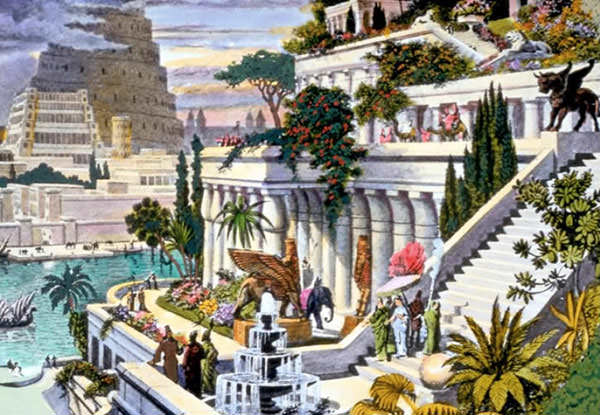
However, as there is no physical evidence of the Hanging Gardens, there are several historians who doubt their existence; and others who think that they were not located in Babylon and their description in ancient Greco-Roman texts is instead a romantic idealization of an eastern garden. Nonetheless, most people believe in the existence of the Hanging Gardens. It is not known how they were destroyed. There is a theory by which they were demolished during the sacking of Babylon by Assyrian king Sennacherib.
#9 THE PATRON DEITY OF BABYLON WAS MARDUK
The Babylonians believed in many Gods who were human in form but immortal and superhuman in power. Their Gods were in charge of the realms of heaven, earth, sea and air; or of the sun, moon and planets; or of natural entities as river, mountain and plain; or of social entities as city and state. Marduk was the head of the deities of the Babylonian pantheon. He was granted this leadership as a reward for avenging the Gods by defeating Tiamat, the savage and defiant goddess of chaos.
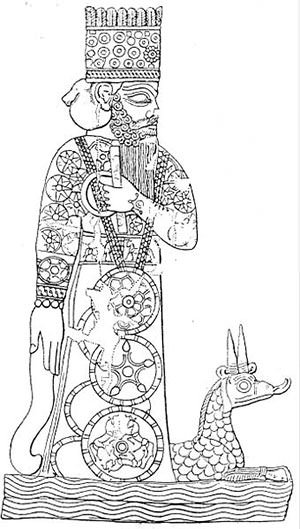
Other important Babylonian deities include Ea, the god of wisdom and spells; Sin, the moon god; Shamash, the sun god and the god of justice; Ishtar, the goddess of love and war; and Adad, the god of wind, storm and flood. Large temples were dedicated to each of the important deities in one or more Babylonian cities. Large cities had many temples; like Babylon had more than 50 temples during the Neo-Babylonian Empire. The primary function of the temples was to fulfill the need of the Gods through sacred rites and large ceremonies carried out by an institutionalized clergy.
#10 BABYLONIA LAID THE FOUNDATION FOR WESTERN MATHEMATICS AND ASTRONOMY
It has been estimated that Babylon was the largest city in the world from around 1770 BC to 1670 BC; and then again between 612 BC and 320 BC. It was perhaps the first city to reach a population above 200,000. The Babylonian civilization achieved much during the time of its supremacy. They developed the first ever positional number system in which the value of a digit depends on both the digit and its position. Positional system greatly simplifies arithmetic and helped the Babylonians to make great advances in mathematics. It has now been established that Greek and Hellenistic mathematicians borrowed heavily from the Babylonians. Babylonia also contributed significantly to Mesopotamian art and architecture; and built massive and marvelous structures like Etemenanki and the Ishtar Gate. Their civilization occupies a pivotal place in the history of modern scientific astronomy and it laid the basis for all western astronomy. They also laid the foundation for Western astrology.

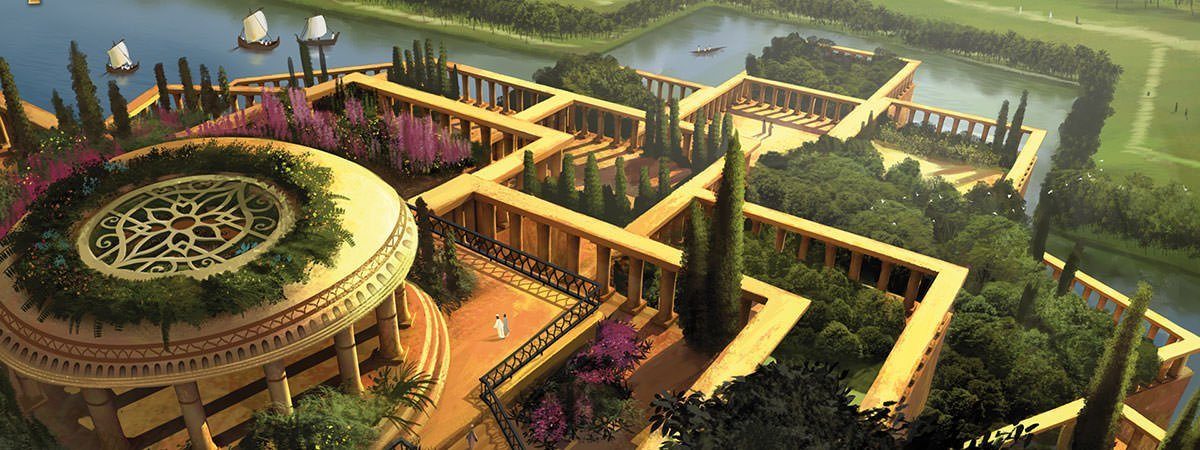
and a great painting